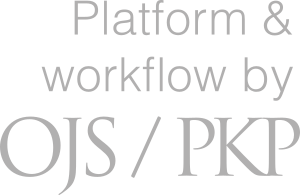Defining functional requirements for a self-management solution for Hypertrophic Cardiomyopathy patients – a multi-stakeholder multi-framework approach
Keywords:
precision medicine, cardiomyopathy, hypertrophic, decision support systems, clinical, software design, user-centered design, digital healthAbstract
The SMASH-HCM project seeks to advance the management of hypertrophic cardiomyopathy (HCM) through the creation of a human digital-twin-based platform. The aim of the work described in this paper is to carry out the first step of developing the platform: the collection of design and functional requirements together with the end-users. This study focuses on defining the functional requirements for a digital health solution aimed at enhancing HCM patient self-management within this project. Drawing on Requirements Engineering principles, the work integrates key concepts such as health literacy, personalisation, behaviour change frameworks, and gamification to ensure the platform aligns with patient and clinical needs.
The methodology included a literature review, development of user personas through AI-assisted techniques, and structured user story mapping. Engagement with clinicians and patient advocates provided critical insights, and frameworks such as the Behaviour Change Wheel and Octalysis were applied to inform the design process and improve user engagement.
The analysis resulted in 19 design requirements for overall usability and usefulness of an HCM platform designed from a patient perspective and 19 functional requirements that address core aspects of HCM management and the patient’s preferences and needs. These include the development of interactive educational tools, features for monitoring health and lifestyle data, risk assessment visualisation, and improved communication channels between patients and clinicians. The findings emphasise the importance of intuitive, accessible, and effective tools to encourage sustained engagement and empower patients to manage their condition. By incorporating user-centred design principles and aligning with clinical objectives, the proposed solution aims to facilitate better health outcomes and long-term patient engagement.
Downloads
How to Cite
Copyright (c) 2025 Finnish Journal of eHealth and eWelfare

This work is licensed under a Creative Commons Attribution 4.0 International License.






